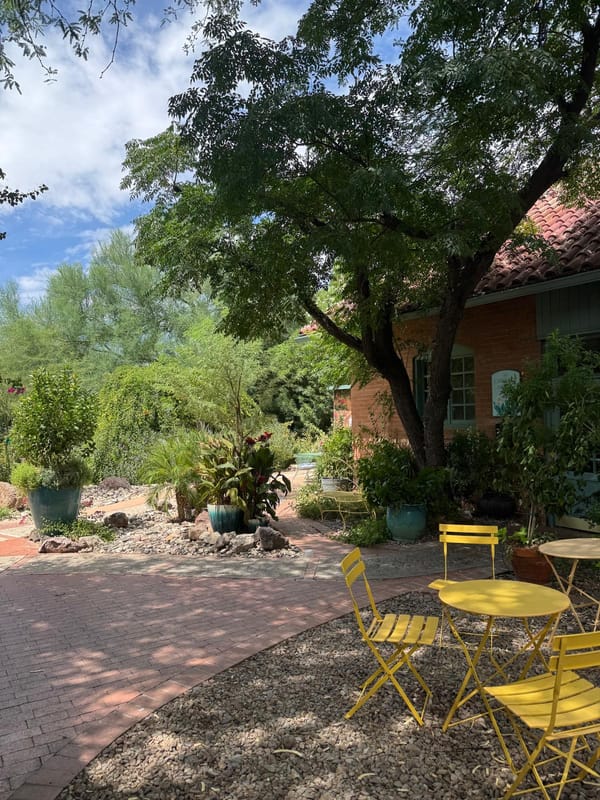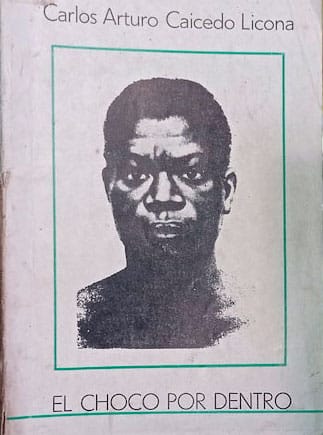References on conservation, inequality, and protected areas
Social impacts of protected areas – a set of references

There are a number of references that I have been collecting and reading on the intersection between social instability, inequalities for particular communities (or entire countries), as well as the establishment of protected areas for conservation. In this post, I would like to share some of those relevant resources. It is not rare for conservation measures to be related to racial and economic discrimination.
National Parks and Conservation
Books
- Caicedo Licona, Carlos Arturo. 1980. El Chocó por dentro.
- Leal, Claudia. 2017. "Behind the Scenes and Out in the Open: Making Colombian National Parks in the 1960s and 70s". En The Nature State. Rethinking the History of Conservation, editado por Wilko Graf von Hardenberg, Matthew Kelly, Claudia Leal y Emily Wakild, 135-157. Londres: Routledge.
- Ramírez-Nates, Indiana. 2010. "La maldición del paraíso: tenencia y territorialidad en el parque nacional natural Tayrona". En Desarrollo y conflicto. Territorios, recursos y paisajes en la historia oculta de proyectos y políticas, editado por Margarita Serje, 187-216. Bogotá: Universidad de los Andes.
- Serje, Margarita. 2011. El revés de la nación. Territorios salvajes, fronteras y tierras de nadie. Bogotá: Universidad de los Andes.
- Scott, James. 1998. Seeing Like a State. How Certain Schemes to Improve the Human Condition Have Failed. New Haven: Yale University Press.
- Scott, James. 2009. The Art of Not Being Governed: An Anarchist History of Upland Southeast Asia. New Haven: Yale University Press.
- Luque, Andrés y Sandra Valenzuela. 2001. "La participación de culturas indígenas en la protección y conservación del piedemonte amazónico colombiano". En Parques con la gente, 35-43. Bogotá: UAESPNN, Panamericana Formas e Impresores.
- Cifuentes, María. 2012. "Mar, monte y manglar: género y conservación ambiental en Bahía Málaga". Tesis de pregrado. Departamento de Antropología, Universidad de Antioquia, Colombia.
- Piedrahíta, Irene. 2016. "¿Un Estado vigilante, negociador, ambiguo? Formas en que opera el Estado en el Parque Nacional Natural Las Orquídeas". Tesis de maestría. Departamento de Ciencia Política, Universidad de Antioquia, Colombia.
Academic Papers
- Armenteras, Dolors, Nelly Rodríguez y Javier Retana. 2009. "Are Conservation Strategies Effective in Avoiding the Deforestation of the Colombian Guyana Shield?". Biological Conservation 142 (7): 1411-1419. https://doi.org/10.1016/j.biocon.2009.02.002
- Joppa, Lucas y Alexander Pfaff. 2009. "High and Far: Biases in the Location of Protected Areas". PLoS ONE 4 (12): 1-6. https://doi.org/10.1371/journal.pone.0008273
- Ojeda, Diana. 2012. "Green Pretexts: Ecotourism, Neoliberal Conservation and Land Grabbing in Tayrona National Natural Park, Colombia". The Journal of Peasant Studies 39 (2): 357-375. https://doi.org/10.1080/03066150.2012.658777
- Pérez, Mónica. 2012. "Discursos ambientales: una mirada histórica a la configuración del territorio del PNN Katíos en Colombia y su zona de amortiguación". Investigación y Desarrollo 20 (2): 416-449. http://www.redalyc.org/articulo.oa?id=26824854008
A key resource to understand the overall panorama
- Dowie, Mark. 2011. Conservation Refugees: The Hundred-Year Conflict Between Global Conservation and Native Peoples. Cambridge, MA: MIT Press.
Reading recommendations
I wouldn't recommend reading all of this at once. Instead, I'd choose a couple of books or papers in accordance with your particular interests and the availability of those resources. Caicedo Licona's book is amazing but largely unavailable and published in Spanish. Dowie (2011) might be too expensive and only available in English (from what I know).



